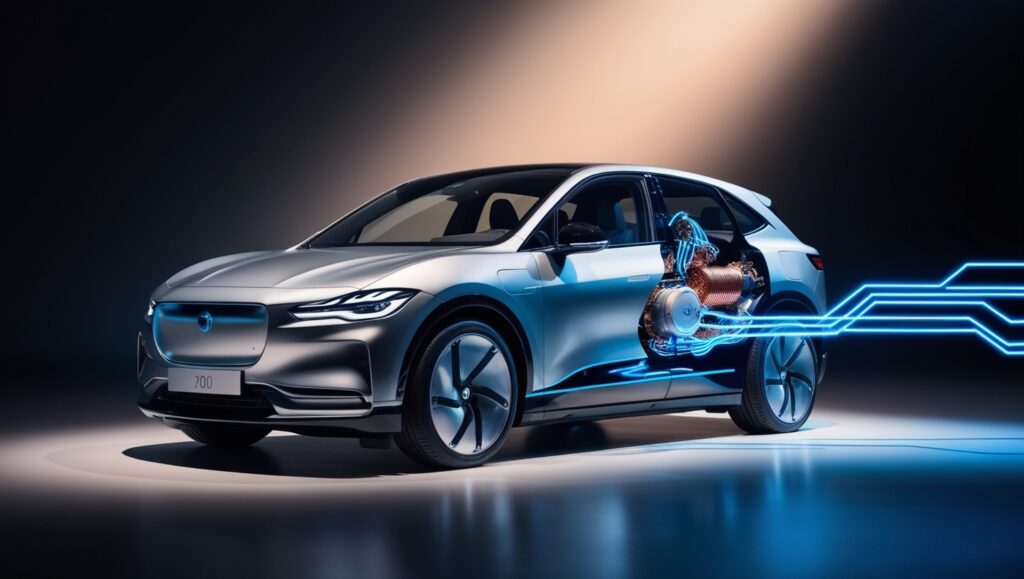The rise of top electric vehicles (EVs) is reshaping the automotive landscape, offering an eco-friendly alternative to traditional internal combustion engine vehicles. At the heart of this revolution are the high voltage components that power EVs, providing the energy needed for their efficient operation. Understanding these components is essential for anyone interested in the latest Top Electric Vehicles News or those considering investing in the Best Electric Cars on the market.
Introduction to High Voltage Components in Electric Vehicles
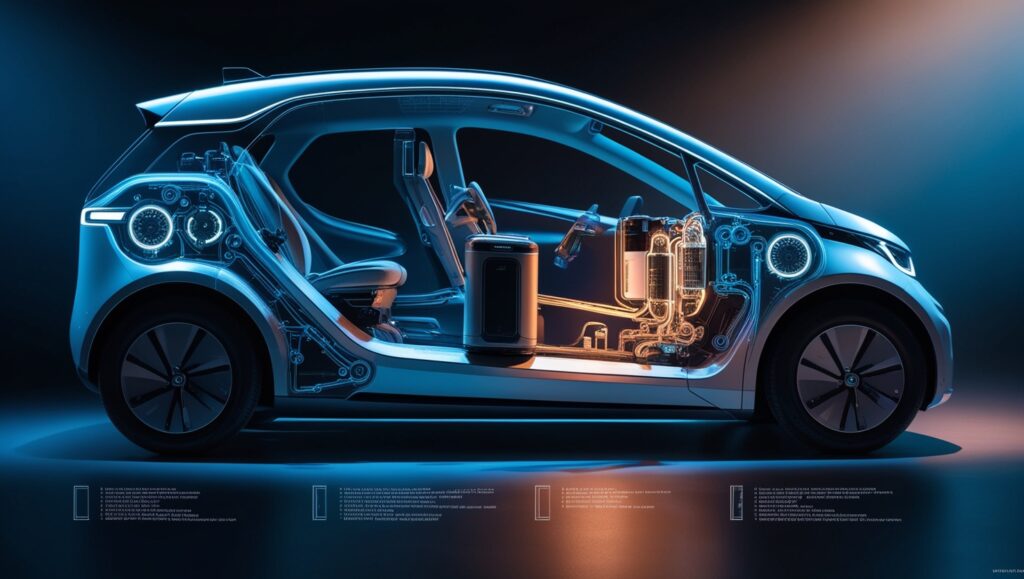
Electric vehicles rely on high voltage systems, typically ranging from 400V to 800V, to power the motor, charge the battery, and run auxiliary systems. These components are crucial for the vehicle’s performance, safety, and efficiency. The demand for high-performance Top Electric Cars Brands continues to rise as more consumers prioritize sustainability and cutting-edge technology.
The Importance of High Voltage Batteries
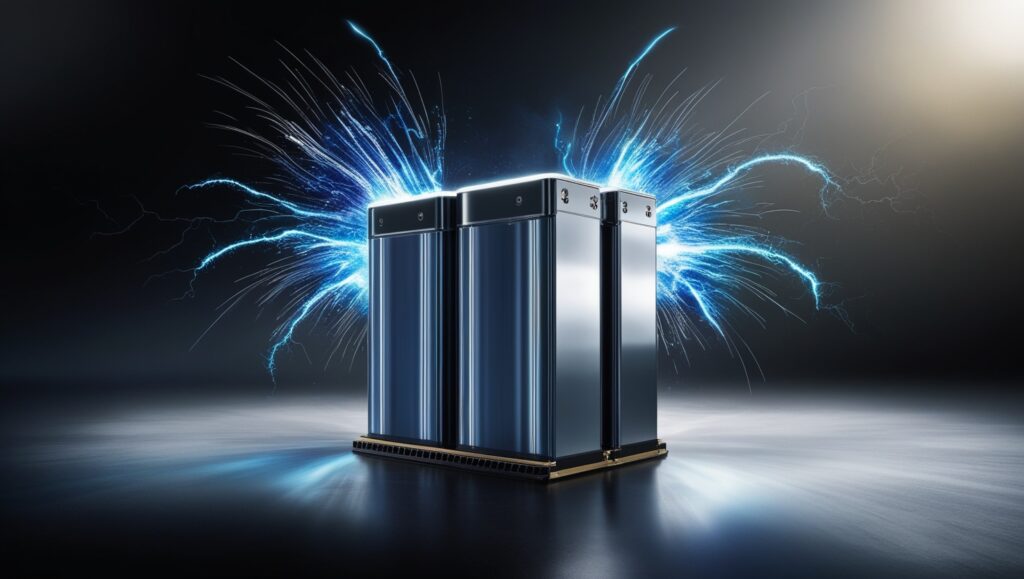
The battery pack is the energy storage system in an EV, powering the electric motor. It consists of multiple battery cells connected in series and parallel to achieve the desired voltage and capacity. Lithium-ion batteries are the most common type used in EVs due to their high energy density and long cycle life.
Battery Cell Chemistry: Different chemistries, such as lithium-ion cobalt oxide (LCO), lithium-ion nickel manganese cobalt oxide (NMC), and lithium-ion iron phosphate (LFP), offer varying performance characteristics and costs.
Battery Management System (BMS): The BMS monitors the battery pack’s state of charge, temperature, and voltage, ensuring safe and efficient operation.
Power Inverters: The Heart of the EV Drivetrain
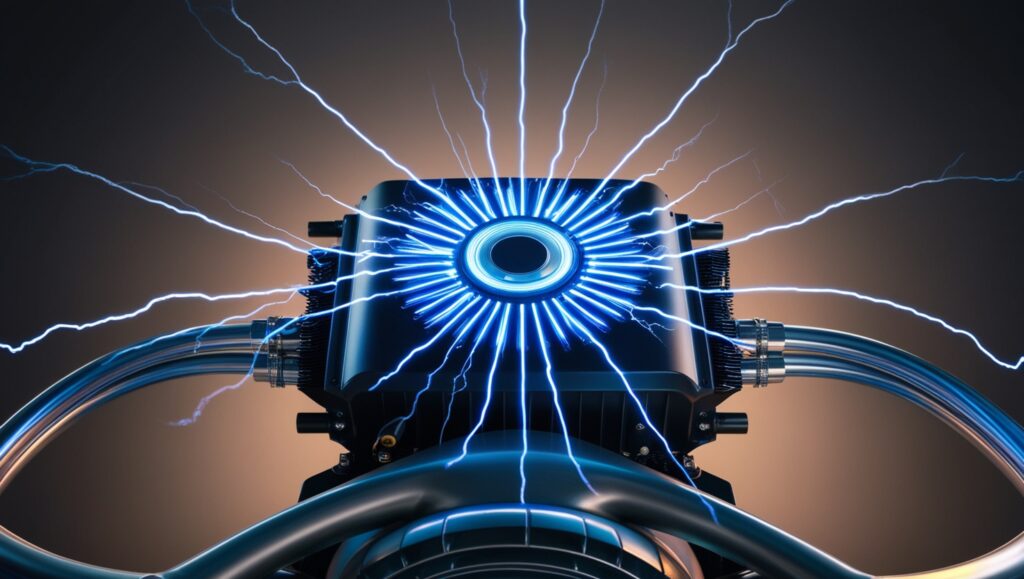
Power inverters convert the direct current (DC) stored in the high voltage battery into alternating current (AC) required by the electric motor. This conversion is critical for the vehicle’s movement, making inverters one of the most vital high voltage components in EVs. Inverters also help in regenerative braking, where kinetic energy is converted back into stored energy, enhancing efficiency.
High Voltage Cables and Connectors: The Unsung Heroes

High voltage cables and connectors are designed to handle the large currents and voltages required by electric vehicles. These components must be robust, insulated, and capable of withstanding harsh environmental conditions. The efficiency and safety of an EV’s high voltage system largely depend on the quality of these cables and connectors, making them essential in the construction of Top Electric Vehicles Brands.
The Electric Motor

The electric motor is the primary component responsible for propelling an EV. It converts electrical energy into mechanical energy, driving the wheels. EVs typically use either synchronous or asynchronous motors, each with its own advantages and disadvantages.
Synchronous motors: Known for their high efficiency and precise control, synchronous motors are commonly used in EVs. They are well-suited for applications requiring high torque and speed.
Asynchronous motors: While slightly less efficient than synchronous motors, asynchronous motors are generally more robust and require less maintenance. They are often used in industrial applications and are becoming increasingly popular in EVs.
Onboard Chargers: Efficient Energy Management
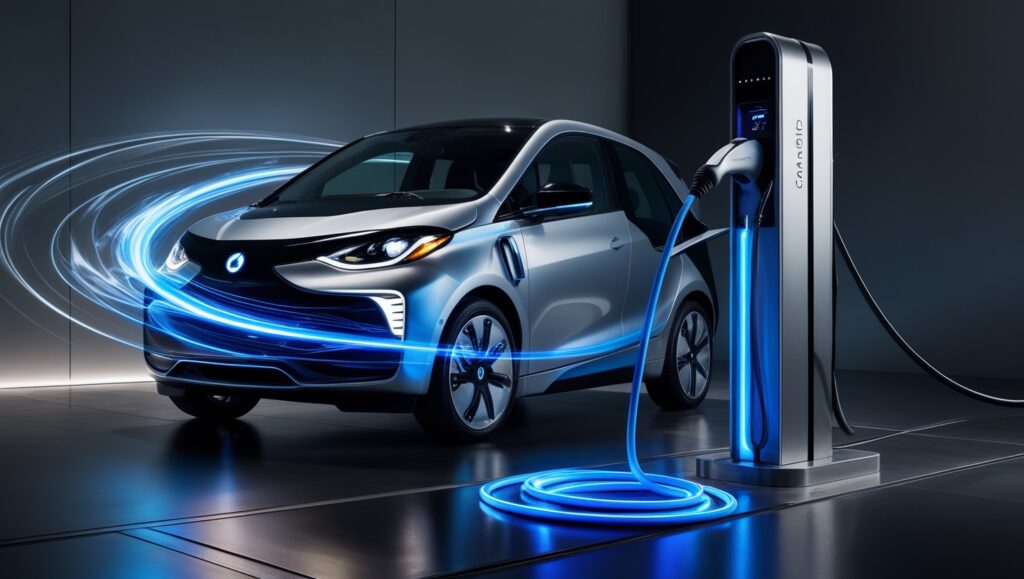
Onboard chargers are responsible for converting the AC power from a charging station into DC power to charge the high voltage battery. These chargers are integral to the vehicle’s ability to recharge efficiently, whether at home or at public charging stations. The latest Best Electric Cars Charging Blog 2024 highlights how advancements in onboard chargers are reducing charging times and enhancing convenience for EV owners.
DC-DC Converters: Powering the Auxiliary Systems
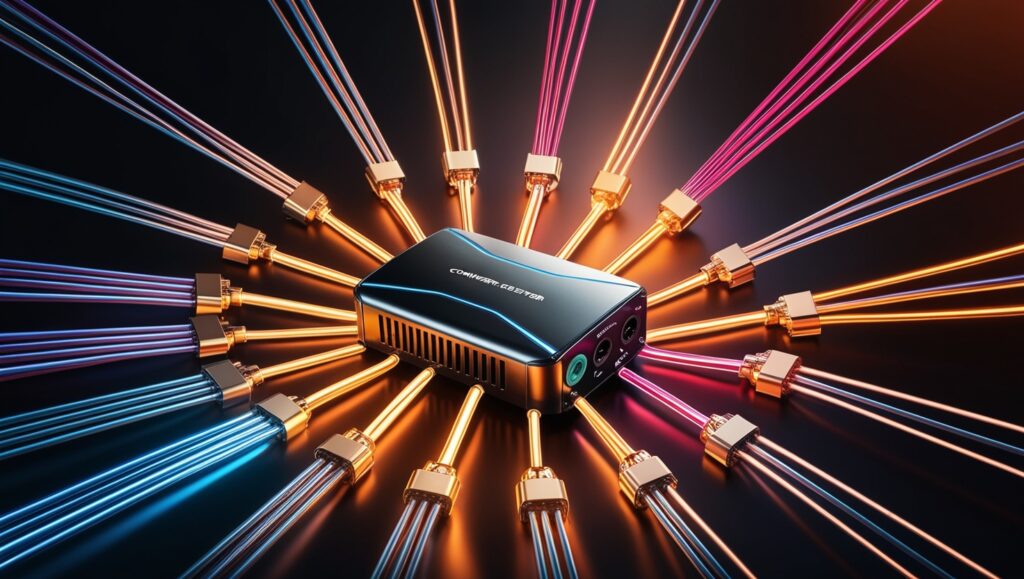
DC-DC converters step down the high voltage from the battery to lower voltages required by the vehicle’s auxiliary systems, such as lighting, infotainment, and climate control. These converters ensure that all vehicle systems function correctly without draining the main battery, thus extending the driving range and efficiency of Top Electric Vehicles Reviews.
Thermal Management Systems: Maintaining Optimal Performance

High voltage components generate a significant amount of heat during operation. Thermal management systems are crucial for maintaining the optimal temperature of the battery, inverter, and motor. These systems prevent overheating, which can lead to reduced performance or even damage. Proper thermal management is a key factor in the reliability and longevity of Best Electric Vehicles Brands.
High Voltage Relays and Contactors: Ensuring Safety
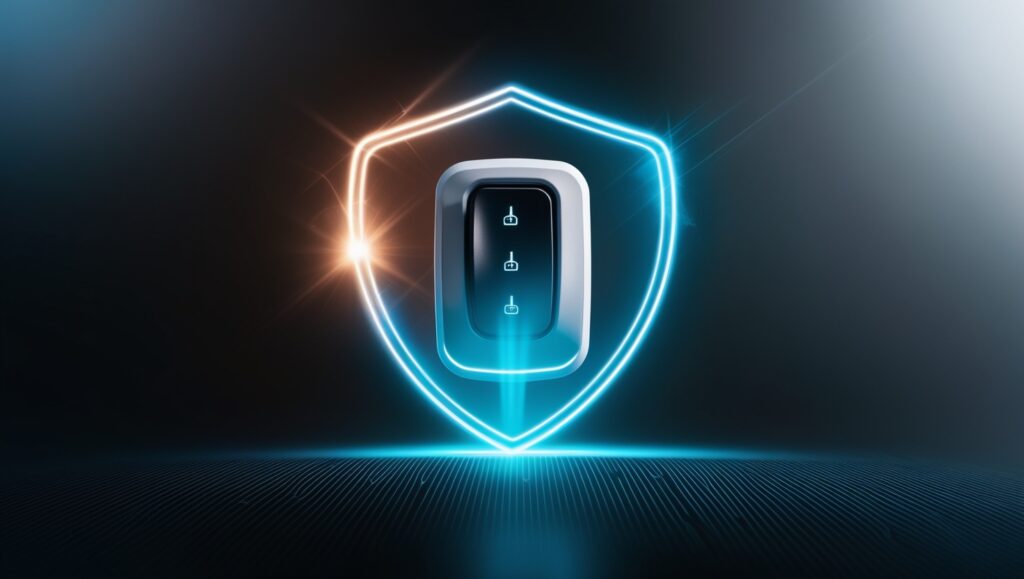
.Safety is paramount in high voltage systems, and relays and contactors play a crucial role. These components are responsible for connecting and disconnecting the high voltage circuits, ensuring safe operation during charging, driving, and maintenance. They are designed to handle high currents and voltages without risk of arcing, making them indispensable in Electric Vehicle Today Cars Blog discussions on EV safety.
The Role of Battery Management Systems (BMS)

Battery Management Systems (BMS) monitor and control the health of the high voltage battery. A BMS ensures that the battery operates within safe limits, balancing the charge across cells, and managing the state of charge (SoC) and state of health (SoH). A well-functioning BMS is critical for the overall performance and safety of the Top Electric Vehicles on the market.
Regenerative Braking Systems: Enhancing Efficiency
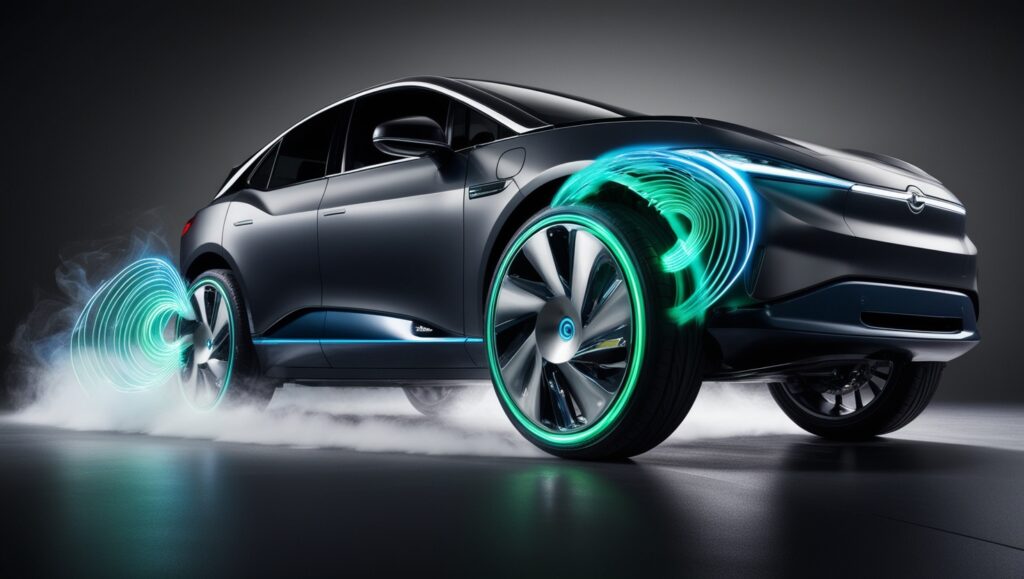
Regenerative braking systems convert kinetic energy into electrical energy during braking, which is then fed back into the high voltage battery. This process enhances the vehicle’s energy efficiency and extends its driving range. The latest Top EV News 2024 highlights how advancements in regenerative braking technology are making EVs more efficient and environmentally friendly.
High Voltage Charging Systems: Fast and Efficient Recharging

High voltage charging systems are designed to recharge EV batteries quickly and efficiently. These systems, including fast chargers and ultra-fast chargers, are crucial for the widespread adoption of electric vehicles. The Best Electric Vehicles Price is often influenced by the vehicle’s charging capabilities, making this a key consideration for potential buyers.
Insulation and Safety Mechanisms in High Voltage Components
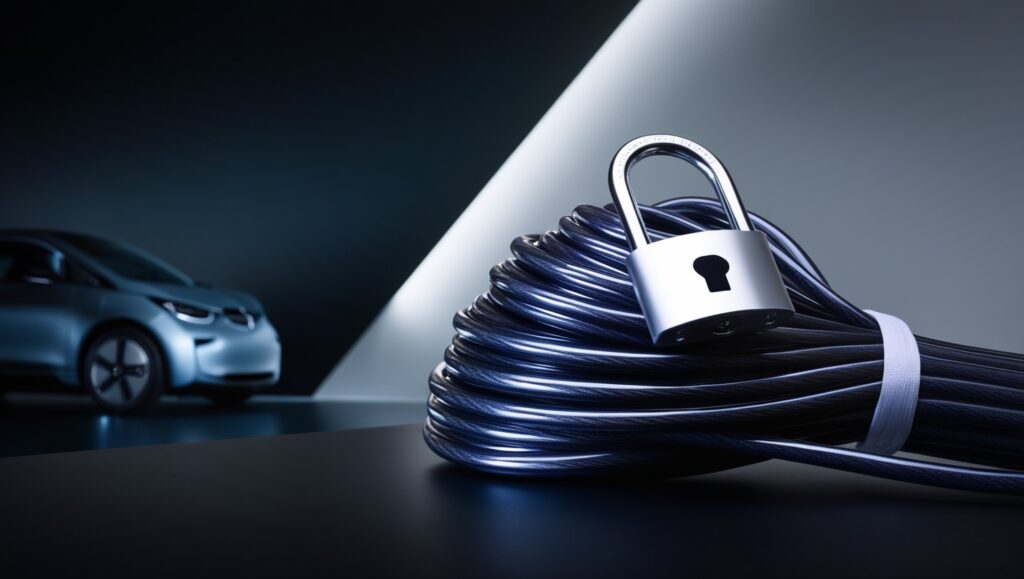
Insulation in high voltage components prevents short circuits and protects users from electric shock. Safety mechanisms, such as ground fault detectors and insulation monitoring devices, are integrated into the high voltage system to ensure safe operation. These features are critical, especially as highlighted in Top Electric Cars Reviews, where safety is a top concern for consumers.
The Future of High Voltage Components in Electric Vehicles
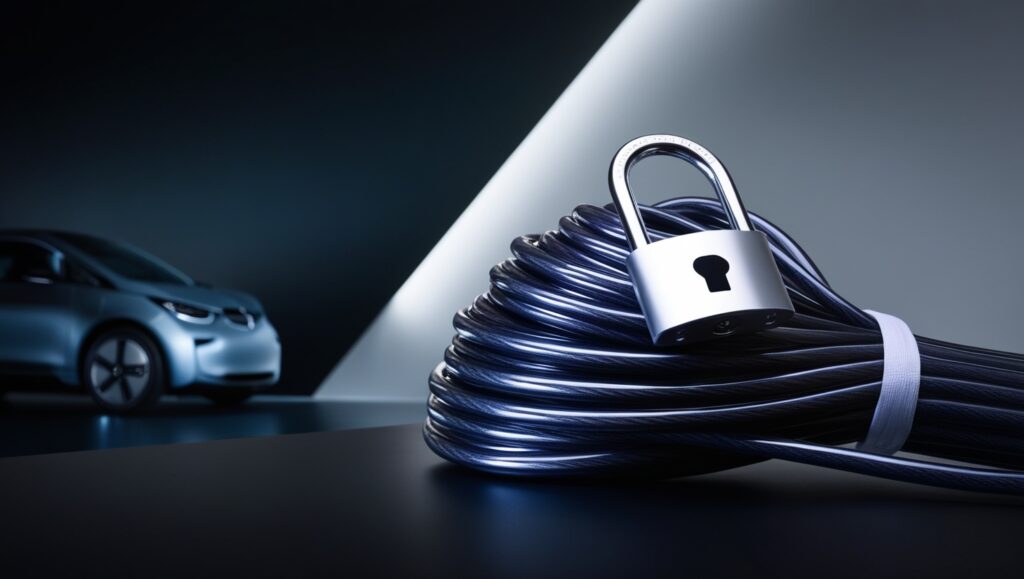
The future of high voltage components in EVs is bright, with continuous advancements aimed at improving efficiency, reducing costs, and enhancing safety. Innovations in battery technology, power electronics, and thermal management are driving the evolution of Best Electric Bike and other electric vehicles. Staying updated with the latest EV News 2024 is essential for understanding how these trends will shape the market.
Conclusion: The Impact of High Voltage Components on EV Success
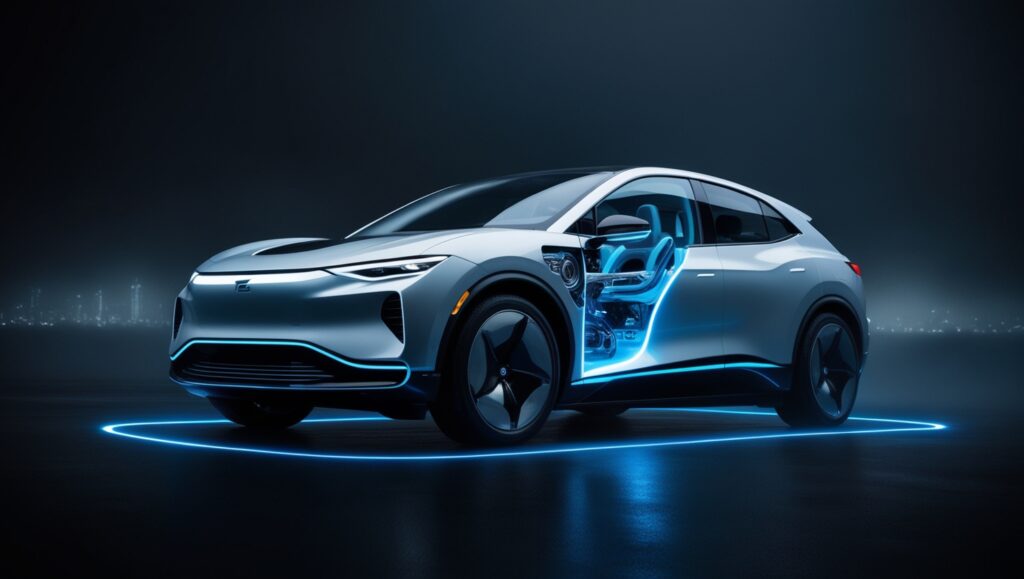
High voltage components are the backbone of electric vehicles, enabling them to deliver on their promises of efficiency, performance, and sustainability. As the demand for Top Electric Cars Blogs and Top Electric Vehicles Reviews grows, understanding these components becomes increasingly important. Whether you’re an EV enthusiast, a potential buyer, or someone keeping up with Top Electric Vehicles News, staying informed about high voltage components is crucial.
By understanding the intricacies of these components, you can better appreciate the technological advancements driving the future of transportation. As more Best Electric Vehicles Brands enter the market, the knowledge of high voltage systems will become increasingly relevant, helping consumers make informed decisions and stay ahead of the curve in the rapidly evolving EV landscape.
